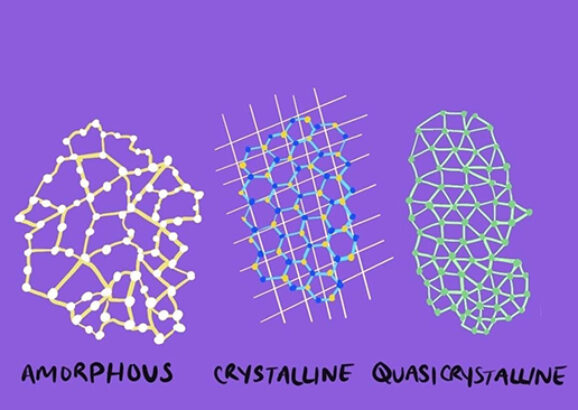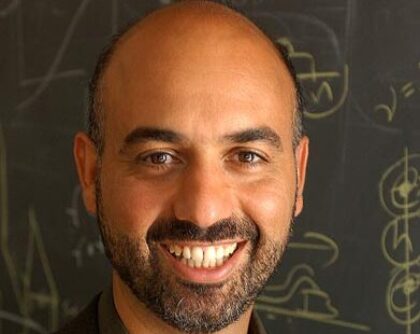Raymond Ashoori
Division Head, Atomic, Biophysical, and Condensed Matter Physics
Research Interests
The Ashoori group studies interacting electronic systems in low dimensional (0,1 or 2 dimensions) electronic structures, such as semiconductor samples, graphene, and transition-metal dichalcogenide layers. The Ashoori group has developed a novel pulsed method that allows contactless measurement of electron tunneling spectra in isolated conducting and even insulating samples. This method, for instance, permitted the discovery of a sharp feature in tunneling spectra originating from the vibrations of an electronic crystal. The Ashoori group also uses very sensitive capacitance measurements for study of novel electronic systems. In collaboration with the Jarillo-Herrero group, these measurements detected spectral features from the Hofstadter Butterfly in graphene and correlated insulating states of twisted bilayer graphene.The Ashoori group’s measurement methods have sufficient sensitivity to determine spectra for single electron additions to small isolated structures such as quantum dots. While simple quantum mechanical calculations determine the motion of a single electron in such a confining structures, it is far from simple to understand the behavior of many trapped electrons. Not only do the electrons repel one another, they are indistinguishable. This fact, along with the principle that only one electron can exist in any quantum mechanical orbit, produces unusual and sometimes counterintuitive correlations in the motions of electrons.
Biographical Sketch
A graduate of the University of California at San Diego (B.A. 1984) and Cornell University (Ph.D. 1991), Professor Ashoori joined the MIT faculty in 1993, after serving as a postdoctoral member of the technical staff at AT&T Bell Laboratories. He was promoted to Associate Professor in 1998 and full Professor in July 2004. His awards include the David and Lucille Packard Fellowship (1993), NSF Young Investigator Award (1993), Sloan Fellow (1993), McMillan Award (1994), APS Fellow (2009), Moore Foundation Grant for Ultrahigh Resolution Spectroscopy of Electronic Systems (2011).

A journey through the history of quasicrystals
U of T and MIT physicists discovered a way to create superconductive quasicrystals
Awards & Honors
- 2012 // Gordon and Betty Moore Foundation Grant
- 2009 // American Physical Society (APS) "For the development of imaging techniques that reveal the physical properties of reduced-dimensional electronic systems."
- 1994 // Sloan Research Fellowship
- 1993 // Packard Fellowship for Science and Engineering
Key Publications
-
Lu Li, C. Richter, S. Paetel, T. Kopp, J. Mannhart, R. C. Ashoori. “Very Large Capacitance Enhancement in a Two-Dimensional Electron System”, Science, 332, 825-828 (2011)
-
Lu Li, C. Richter, J. Mannhart R. C. Ashoori, “Coexistence of magnetic order and two-dimensional superconductivity at LaAlO3/SrTiO3 interfaces”, Nature Physics, 7, 762-766 (2011)
-
O.E. Dial, R.C. Ashoori, L.N. Pfeiffer, K.W. West. “Anomalous structure in the single particle spectrum of the fractional quantum Hall effect”, Nature, 464, 566-570 (2010)
